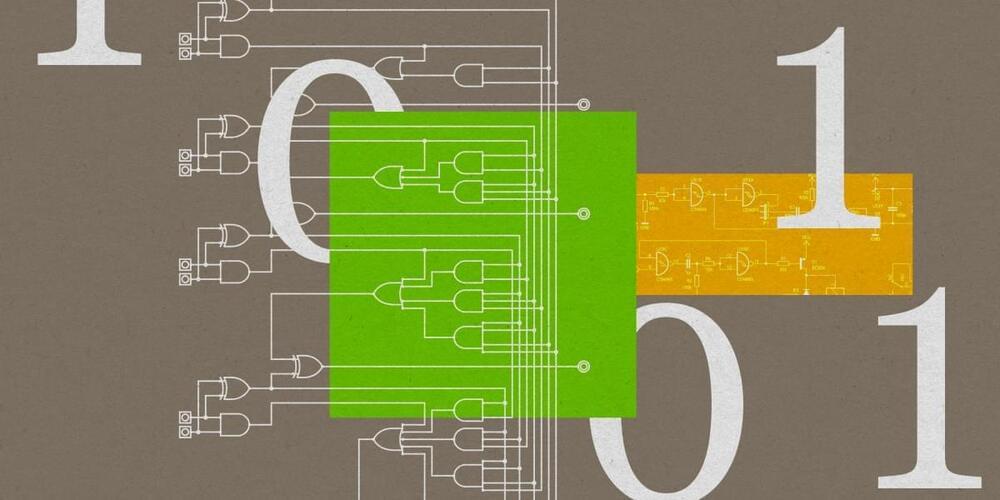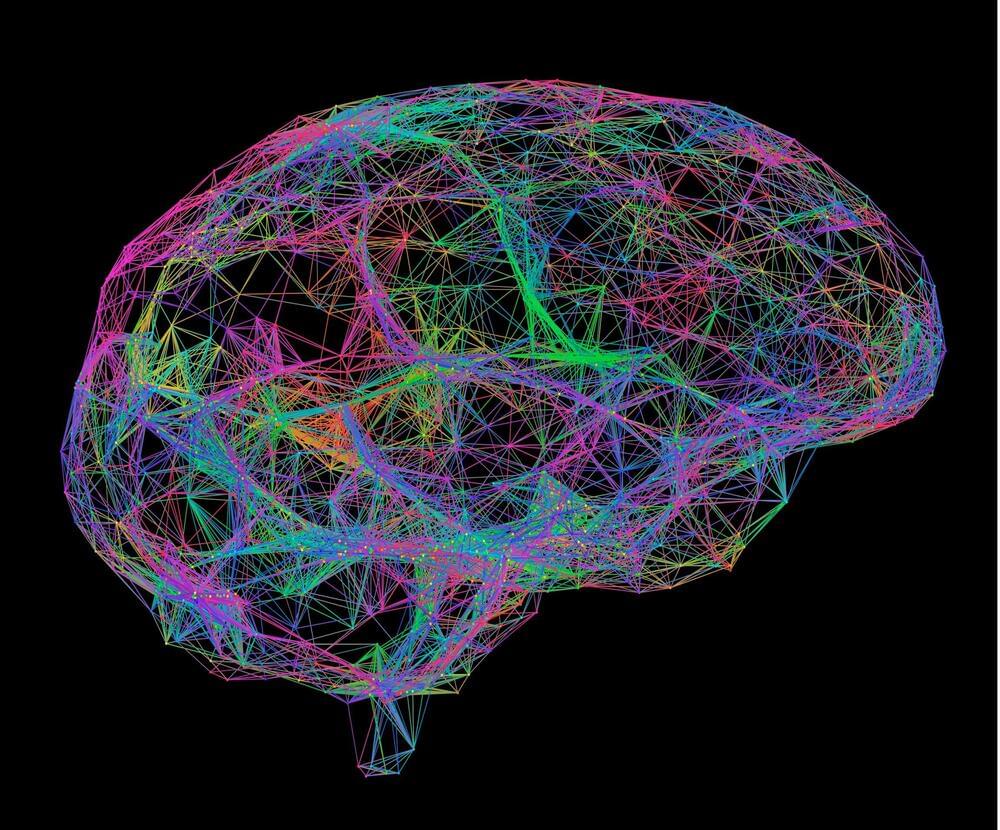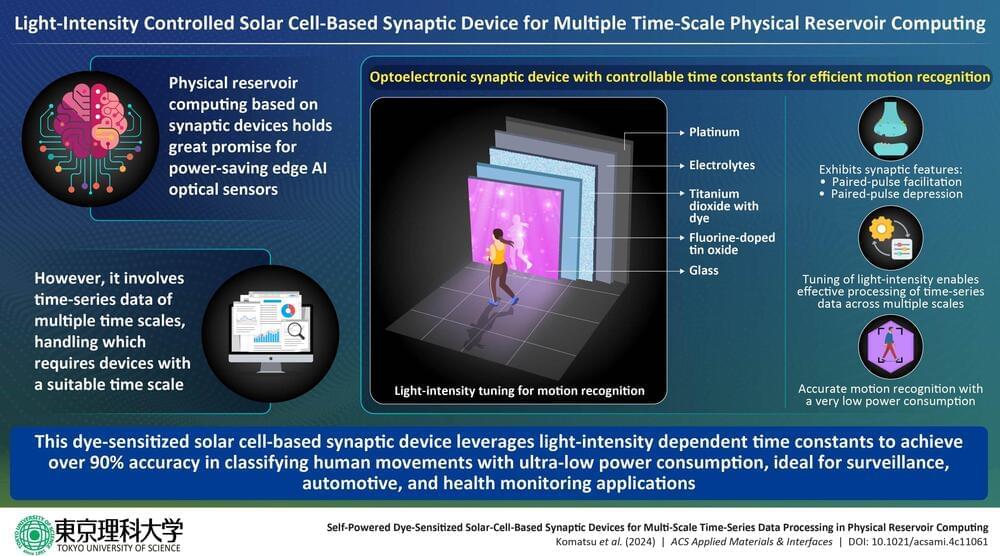Figuring out certain aspects of a material’s electron structure can take a lot out of a computer—up to a million CPU hours, in fact. A team of Yale researchers, though, are using a type of artificial intelligence to make these calculations much faster and more accurately. Among other benefits, this makes it much easier to discover new materials. Their results are published in Nature Communications.
In the field of materials science, exploring the electronic structure of real materials is of particular interest, since it allows for better understanding of the physics of larger and more complex systems, such as moiré systems and defect states. Researchers typically will use a method known as density functional theory (DFT) to explore electronic structure, and for the most part it works fine.
“But the issue is that if you’re looking at excited state properties, like how materials behave when they interact with light or when they conduct electricity, then DFT really isn’t sufficient to understand the properties of the material,” said Prof. Diana Qiu, who led the study.






